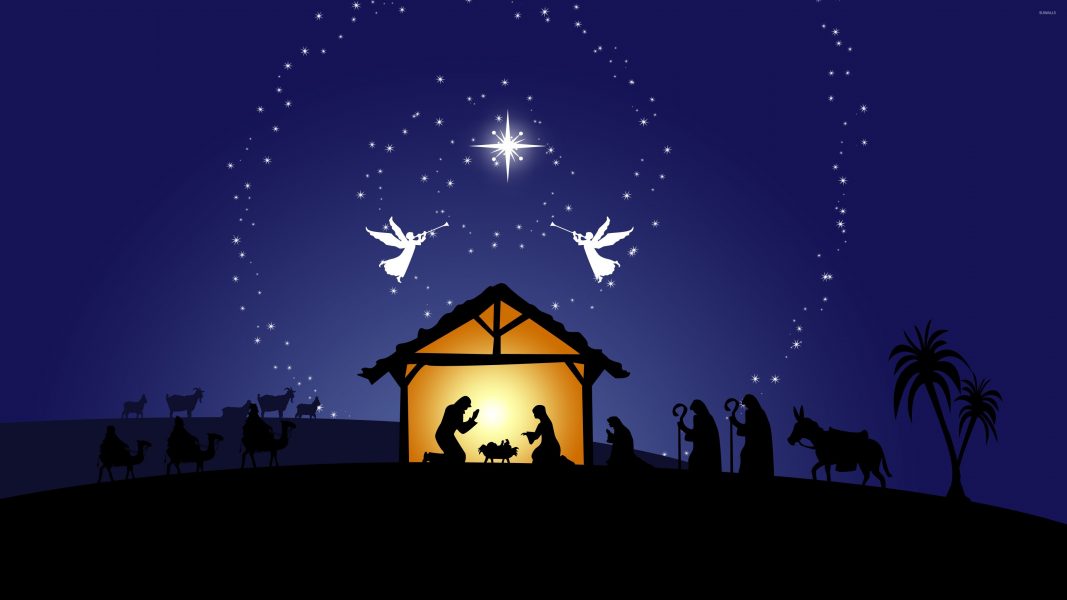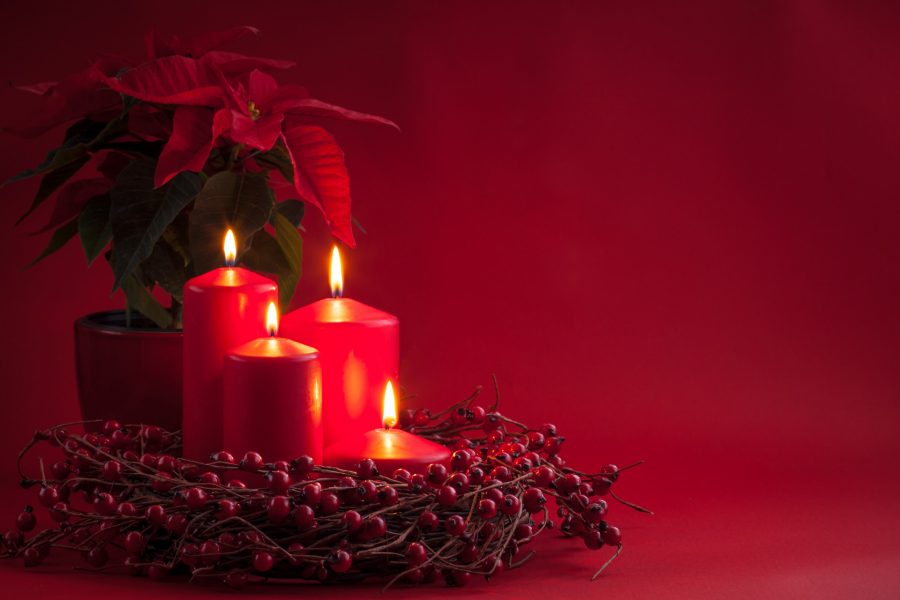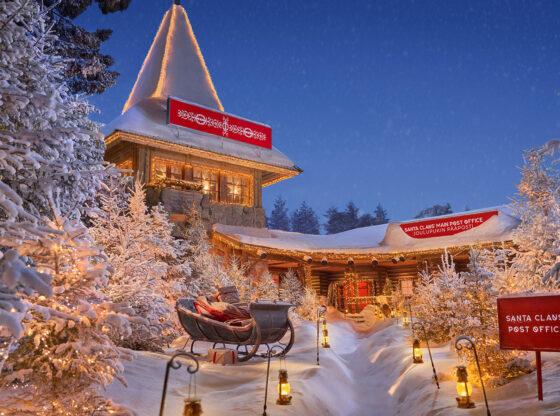![]()
Christmas is so full of wonder, meaning, and tradition. But, where did all these things that we now call “Christmas” come from?
The celebration of Christmas is a joyous one – to celebrate the birth of our Savior and Lord. Yet with all the “commercialism” Christmas has become over the years, and the rituals we as a society seemed to have embraced, the focus becomes so much more on the “other stuff” and not the real reason for the season. The hustle and bustle of the Christmas season finds many of us gathering with family and friends, shopping for that special gift, planning parties, and just plain busy.

So, here are some Christmas Credentials.
What is Christmas and When Did it Start?

Christmas is the annual Christian festival celebrating Christ’s birth, held on December 25 in the Western Church.
The traditional date of December 25 goes back as far as A.D. 273.
Two pagan festivals honoring the sun were also celebrated on that day and it is possible that December 25 was chosen to counteract the influence of paganism.
To this day some people feel uncomfortable with Christmas because they think it is somehow tainted by the pagan festivals held on that day. But Christians have long believed that the gospel not only transcends culture, it also transforms it.
In A.D. 320 one theologian answered this criticism by noting, “We hold this day holy, not like the pagans because of the birth of the sun, but because of him who made it.”
The Dates of Christmas
Why do we celebrate on December 25th?
There are two specific theories for why we use the date of December 25th for Christmas.
First, people and religions of the day celebrated some sort of holiday around that time.
From Jewish Chanukah to Pagan Winter Solstice to Germanic Yule to Roman Dies Natalis Solis Invicti (Birth of the Unconquered Sun); the sheer number of celebration days with trees, decorations, yule logs, mistletoe, and feasts seem to point to a season of celebration to which Christians added the birth of Jesus as a counter-cultural event and possibly even an escape from the pagan holidays for early believers.
December 25th was the Saturnalia Festival of emancipation, gift-giving and the triumph of light after the longest night. The Christian sees the truth implicit in this pagan tradition that reflects: Christ the Light of the world, His triumph over the night of sin in Luke 1:78-79:
“…Because of the tender mercy of our God, by which the rising sun will come to us from heaven 79 to shine on those living in darkness and in the shadow of death, to guide our feet into the path of peace.”
The second theory centers around the date “accepted” by the Western Church of March 25 as the Annunciation or Immaculate Conception of Jesus in Mary’s womb. December 25 is 9 months later and thus celebrated as the birthday of Jesus. Regardless of the possible reasons for the date, the church calendar was set in the West during Constantine’s reign while the Eastern Church held onto the date of January 6 for some time.

The Origin of Christmas Eve
For centuries, Christmas was celebrated not as a single day, but as a whole season in parts of the world, beginning with this day, December 24, Christmas Eve. Perhaps the practice of celebrating the evening before the big day is an echo from ancient Jewish reckoning. Among earlier Jews, a day began at six in the evening and ran until six the following evening. Had not Moses written: “An evening and a morning were the first day”?
Christmas means “Christ-mass.” Although the date is a guess, the tradition of observing it goes back to at least the fourth century. Under the influence of the church, Christian traditions replaced pagan solstice festivals throughout Europe. Often the more innocent pagan practices (such as bringing in a Yule log, decorating with holly and the like) were carried over into the Christmas observance, transfigured with new meaning.
The Christian Meaning Behind Ancient Traditions

Evergreen Trees were the symbol of eternal life. Martin Luther introduced them to the Reformation Church as a picture of our endless life in Christ, by bringing in a tree to his family on Christmas Eve lit with candles (Isaiah 60:13).
Candles are a picture that Christ is the Light of the world (John 8).
Holly speaks of the thorns in His crown (Matthew 27:29).
Red is a color of Christmas that speaks of Christ’s blood and death.
Gifts are a reminder of the gifts of the Magi to baby Jesus. Each of them speaks to a component of His incarnation: Majesty in life, Bitterest Agony in Death and He as God’s Perfect gift to us (Matthew 2).
Luke 2:11
For unto you is born this day in the city of David a Savior, who is Christ the Lord.












